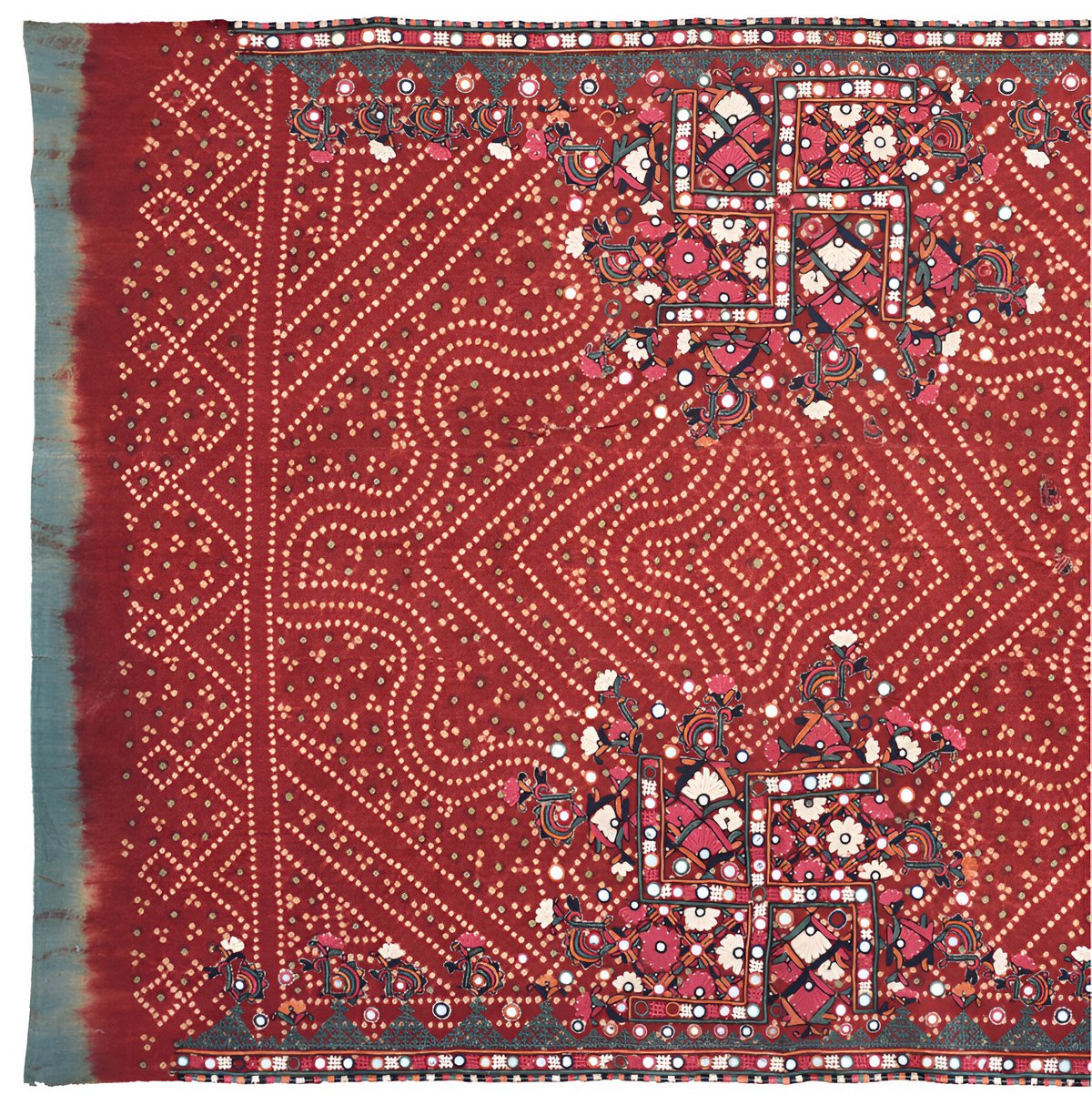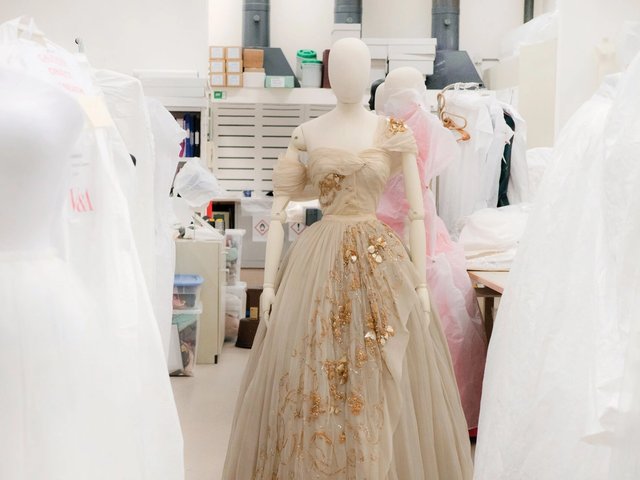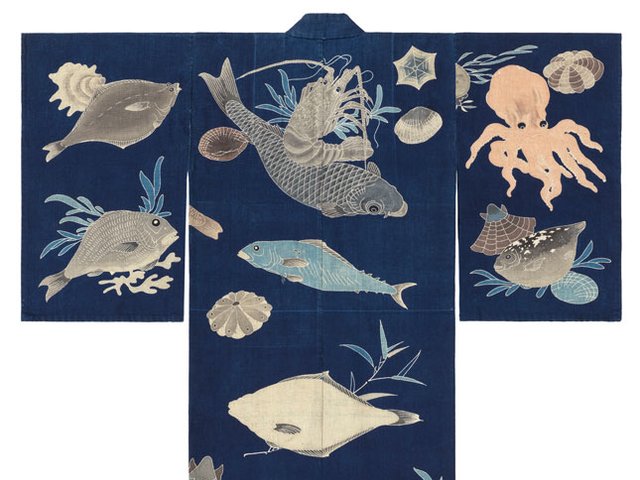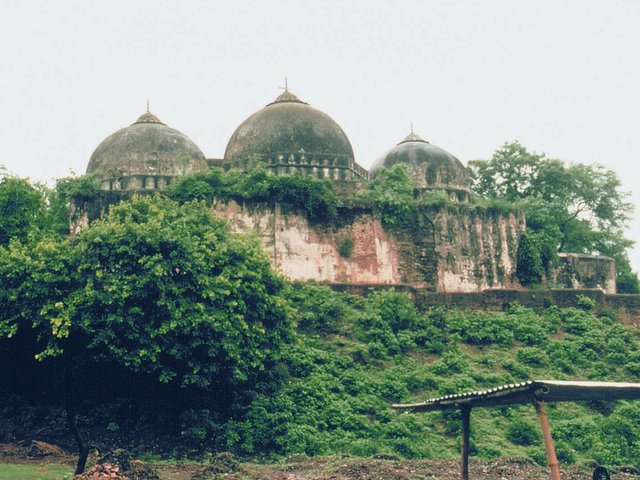The province of Sindh, where the Indus River meets the Arabian sea, sits at the heart of Pakistan. Its capital, Karachi, is one of the great cosmopolitan cities of the Indian subcontinent, home to at least four religions and half-a-dozen ethnicities. Before the Partition of India in 1947, almost a third of the population of Sindh was Hindu. Most Pakistani Hindus have since migrated to India, but they left the living traces of a diverse, syncretic culture.
Pakistan’s first textiles museum, which opened in Karachi in December, has set out to preserve the material remnants of that culture: indigenous weaving, embroidery and dye work. Called The Haveli, it is housed in the breezy Modernist villa Nasreen Askari shares with her husband Hasan Askari, a UK banker.
The Haveli is the product of Nasreen Askari’s fascination with the textiles of her native Sindh. Studying medicine in a provincial hospital in the 1970s, she treated patients who travelled long distances from rural communities. “I had never seen garments like that,” she says. Amazed by the intricacy of the designs on her patients’ clothes, Askari soon found that “dress was their identity. If I did my homework, I could tell where they came from, what religion they were, what status they had,”she recalls. “They would say to me ‘Can you see this flower? Only a Khosa Baluch would wear this flower’.”
Nasreen Askari began accompanying the cultural department of the provincial government on field trips to rural communities to study their culture and artefacts. The collection on display at The Haveli is the fruit of decades of acquisition and study.
It is also virgin territory for a museum. Although institutions in India and the West have specialised in South Asian textiles—of both the folk-art and courtly variety—few have devoted as much attention to such subtle gradations of identity within communities of extraordinary diversity. And none so far has focused on Pakistan, which has lagged behind India in terms of private funding for the arts.
Many of the items in The Haveli collection are increasingly rare. There are the shawls, skirts and bridal tunics of women from tribes and castes who once roamed a vast expanse of desert interrupted only by shrines and fortresses, now bisected by one of the most troubled borders in the world. There are pouches—called bujhki—painstakingly crafted to hold the dowries of tribal brides, both Hindu and Muslim. These bright cloth envelopes, densely worked in embroidered geometric and floral motifs from the entire repertoire of Sindhi folk art, would be among the most precious and significant objects the women owned. Made by women for their own use, they are important material records of their often overlooked lives.
“The topography is very varied and the cloth reflects that,” Nasreen Askari says, pointing to specific desert or mountain flowers that appear in the embroidery. “The west is very mountainous, and so you have thickly woven cloths encrusted with embroidery. But in the desert to the east, you also have wonderful, beautiful embroidery, which is surprising for such a deprived area. But then the women were sustained by it, economically and also spiritually.”
The title of the Askaris’ 2019 monograph—The Flowering Desert—captures the contrast between a hard existence, eked out in the barren and remote provincial interior, and an extraordinarily vibrant material culture. Some of the textiles have a startlingly contemporary look: explosions of woven or printed colour, overlaid with thick geometric embroidery, can generate abstract compositions of mesmerising depth.
The museum functions like an ethnographic record of myriad small and endangered communities that continue to produce these textiles. For nomadic and tribal communities, textiles offer a revealing window into lives often unrecorded in written or oral history; Nasreen Askari has preserved not just the textiles, but also the lives of those who made and wore them.






